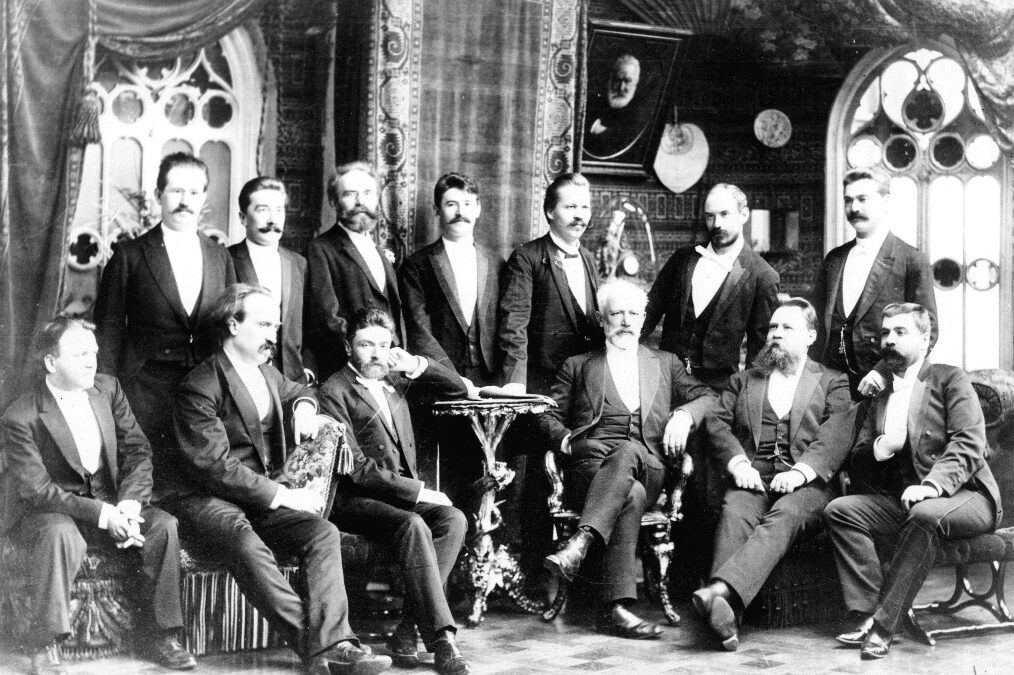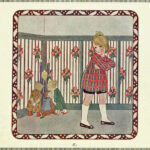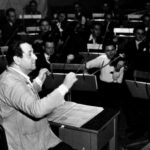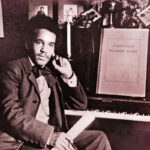Pyotr Ilyich Tchaikovsky is one of the most iconic and beloved composers of the Romantic era, known for his emotionally charged music, lyrical melodies, and masterful orchestration. He has composed some of the most enduring works in the classical repertoire, including ballets like Swan Lake, The Nutcracker, and Sleeping Beauty, as well as symphonies, concertos, and operas. His music bridges Western European traditions and Russian folk elements, creating a uniquely expressive and nationalistic voice.
Tchaikovsky composed his Symphony No. 2 during a summer stay in Ukraine in 1872, and many of its themes are drawn from authentic Ukrainian folk songs. At the time, Ukraine was a part of the Russian empire and historically (and somewhat pejoratively) called “Little Russia.” The symphony was posthumously nicknamed the “Little Russian,” but in modern times this name is falling out of favor. The symphony was enthusiastically received at its premiere in Moscow. Tchaikovsky later revised the piece in 1879–80, modifying its orchestration and structure. The revised version premiered in 1881, and now is the one most often performed (and the version BBE is performing at this concert).
Tchaikovsky’s use of folk melodies in this symphony is both inventive and effective. He doesn’t merely quote these tunes; he transforms them through sophisticated orchestration and thematic development, integrating them seamlessly into the symphonic form.
The first movement (Andante sostenuto – Allegro vivo) opens with a haunting horn solo based on the Ukrainian folk song “Down by Mother Volga.” The slow introduction gives way to a vigorous Allegro, in which the opening theme is contrasted with other musical motifs, including a rising three-note motif and a fast seven-note passage. The development section expands on each of these, and is full of rhythmic energy and dramatic contrasts.
The second movement (Andantino marziale, quasi moderato) was originally written for his unpublished opera “Undine.” Beginning with timpani, it features a charming march-like theme, with contrasting dotted-note motifs. The lyrical middle section is introduced by the winds and is based on another folk song (“Spin, O My Spinner”), before returning to the opening march theme with instrumental embellishments.
The third movement (Scherzo: Allegro molto vivace) is a pungent display of orchestral color and rhythmic vitality. A whirlwind of motion, it features irregular phrases and heavily syncopated passages. While not based on any folk melodies, the playful trio section has a folk-like quality to it.
The symphony concludes with a massive last movement (Finale: Moderato assai – Allegro vivo) based on the Ukrainian folk song “The Crane.” Starting out in a grandiose setting, this simple tune is repeatedly embellished and transformed into an exuberant finale, featuring strings, winds, brass and percussion. A lyrical second theme offers a welcome contrast and as counter-thematic material. A jubilant coda brings this symphony to a triumphant climax.
Symphony No. 2
In C minor, Op. 17, "Ukrainian"
Composed in 1872; revised 1879-80
By Pyotr Ilyich Tchaikovsky




